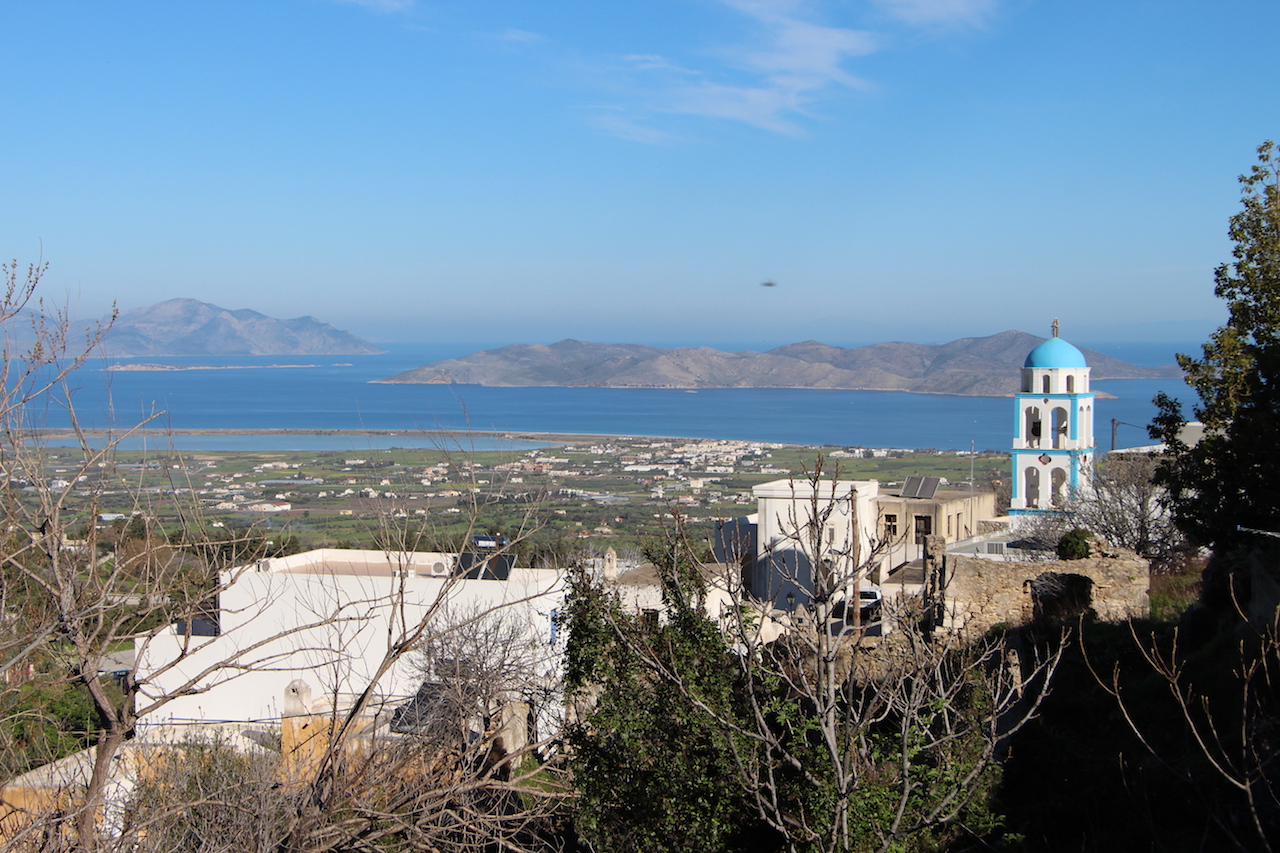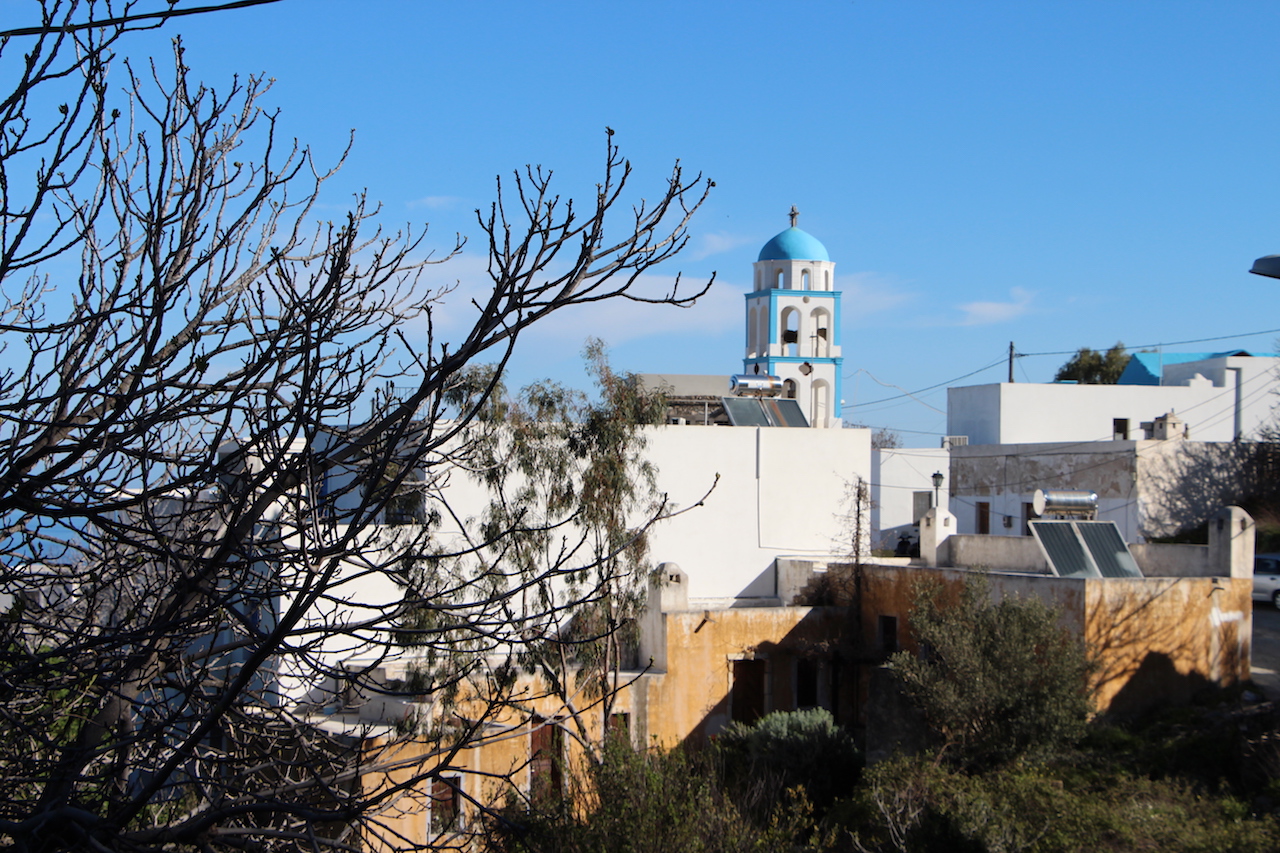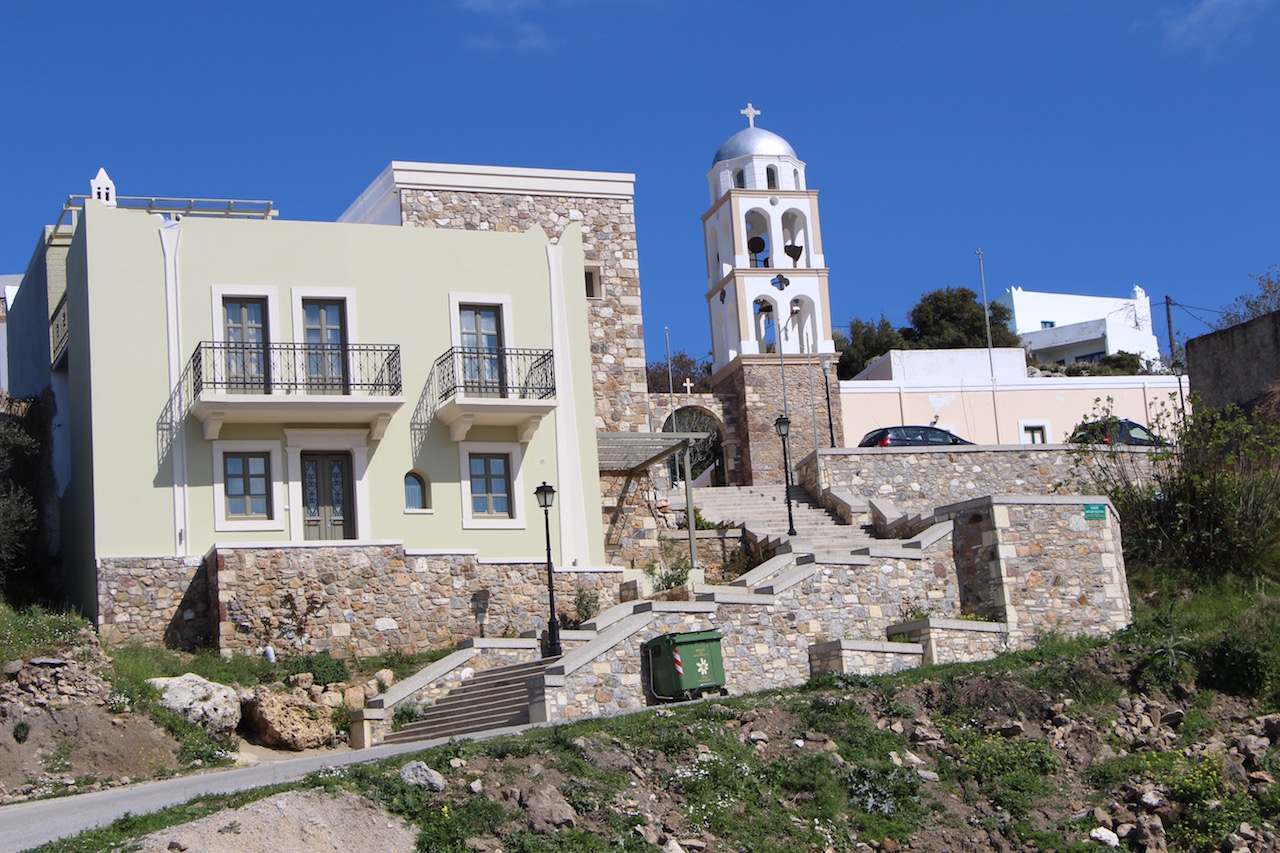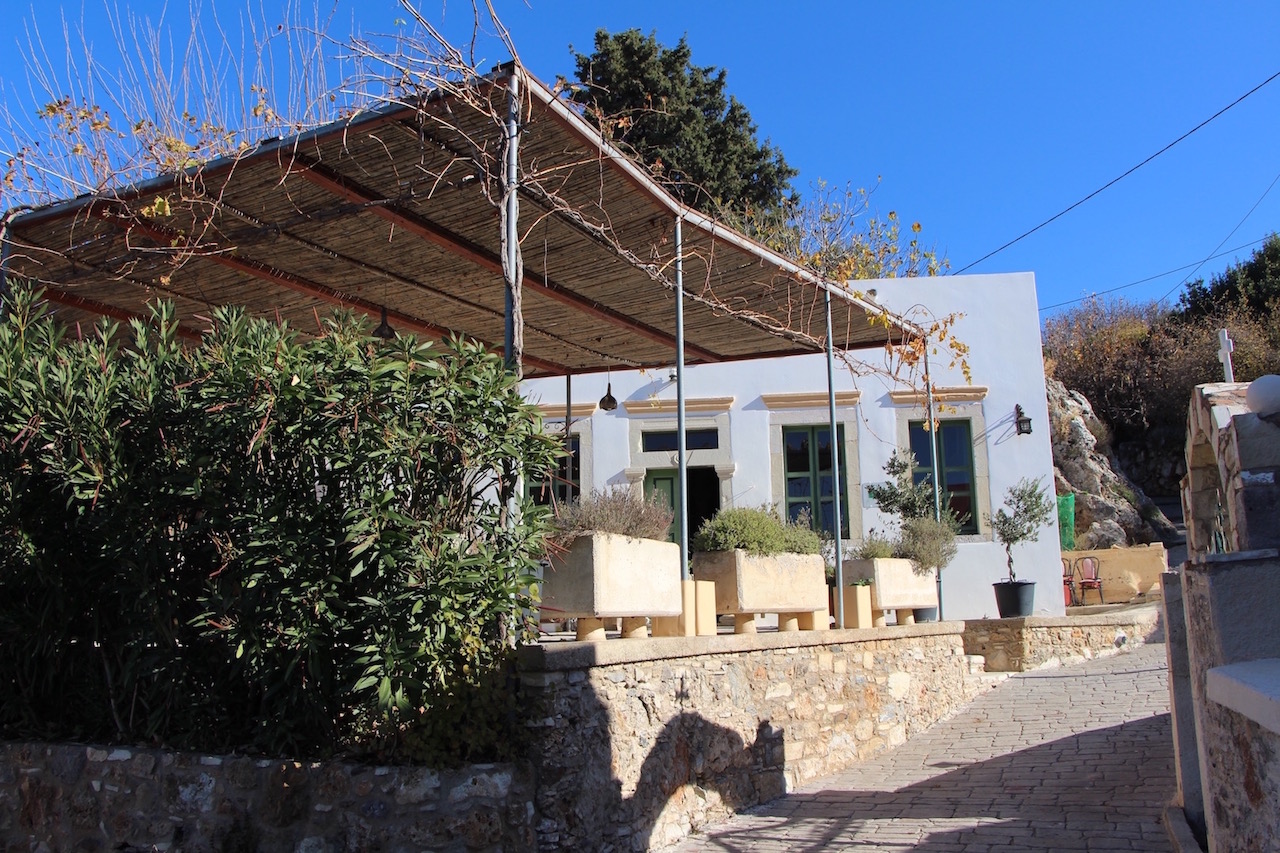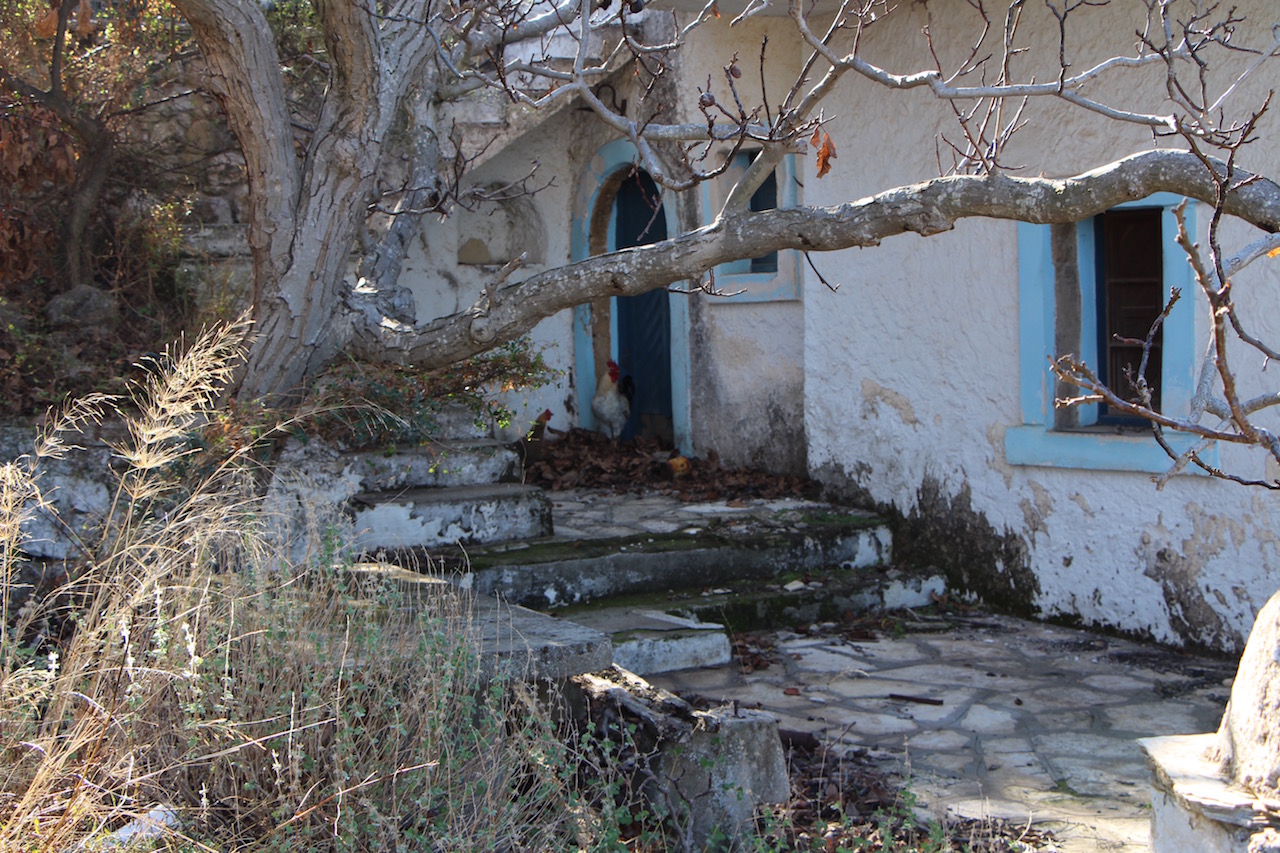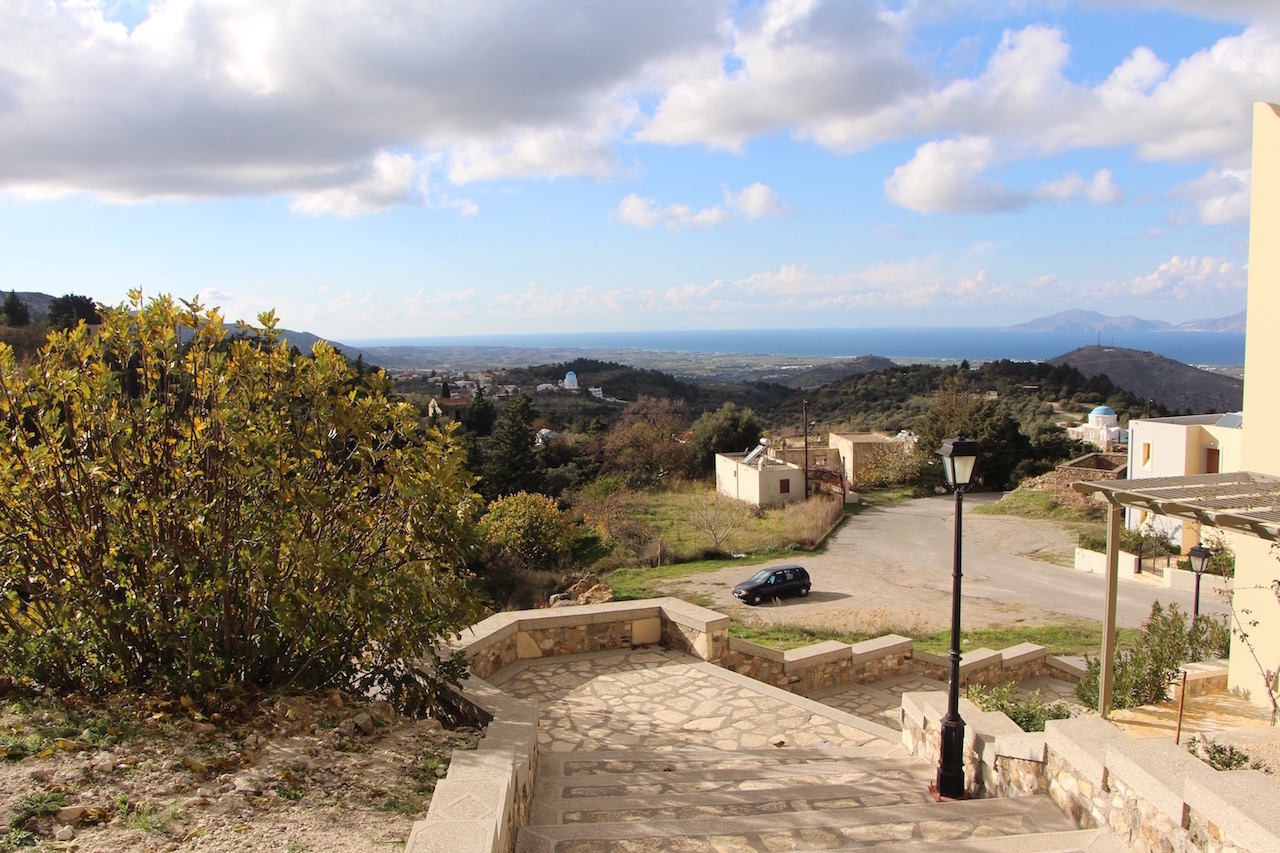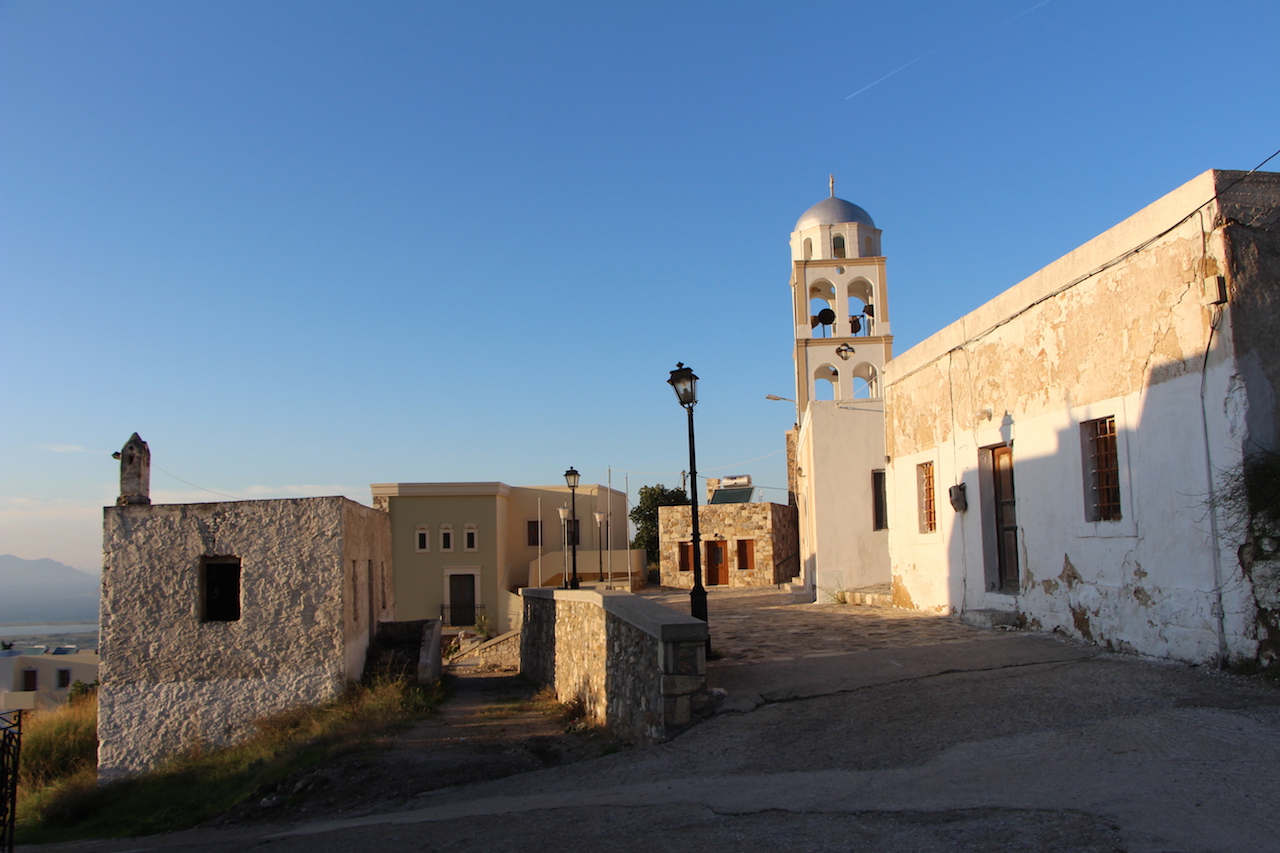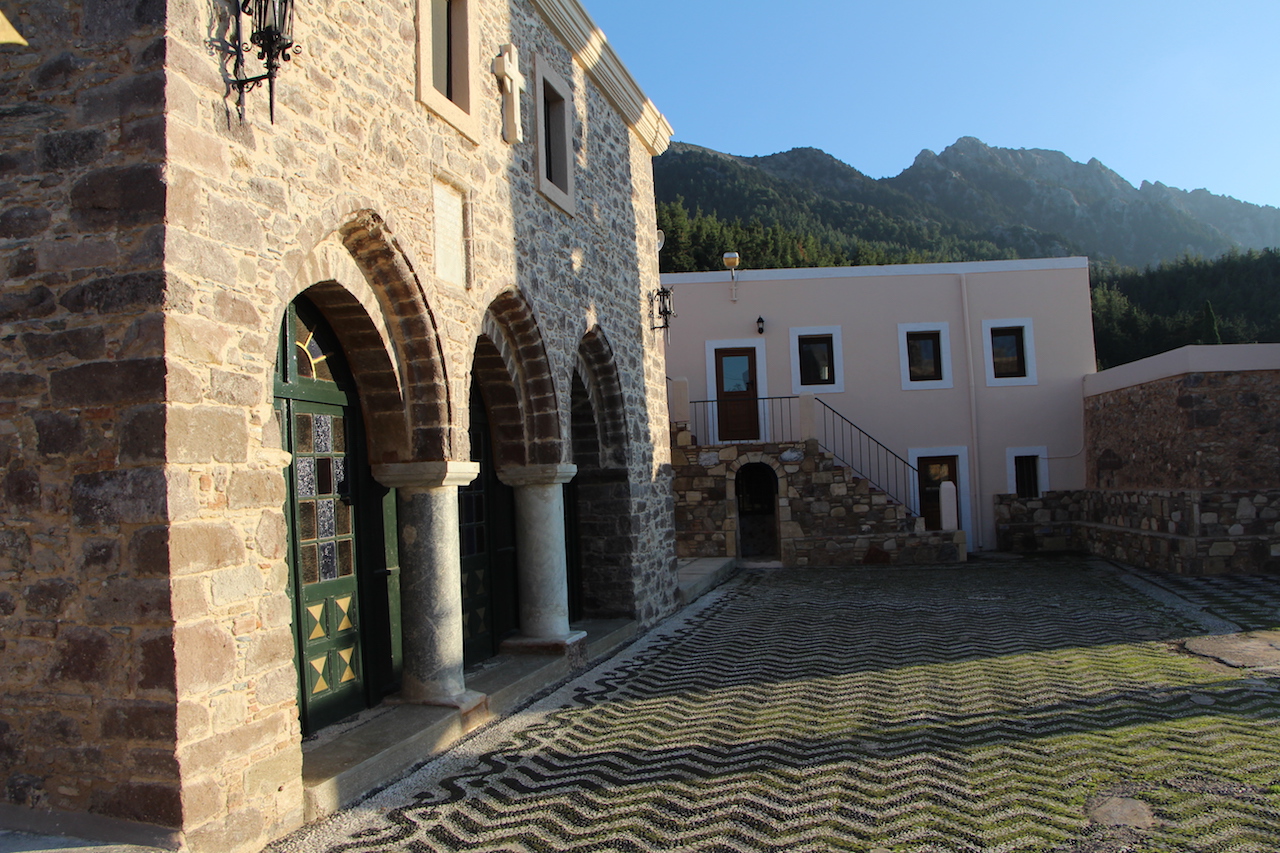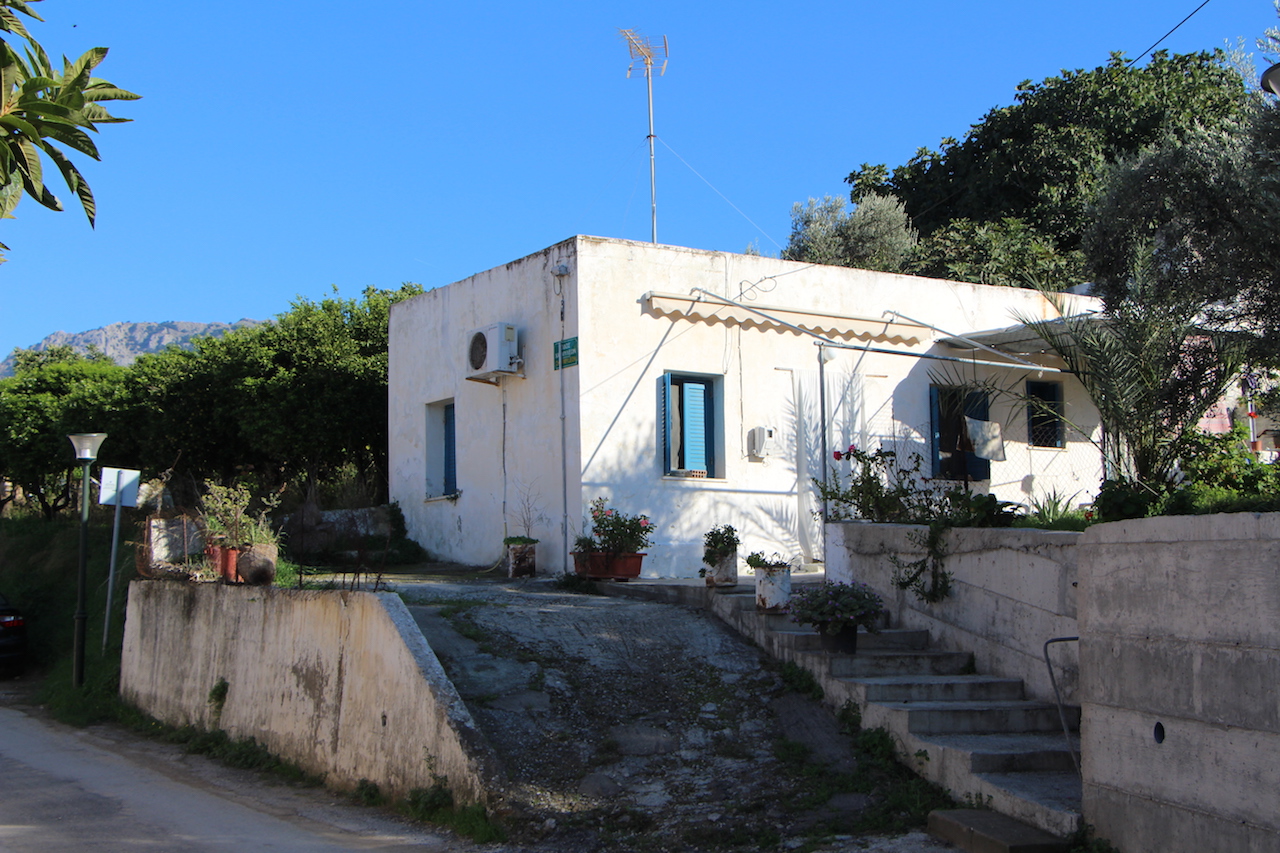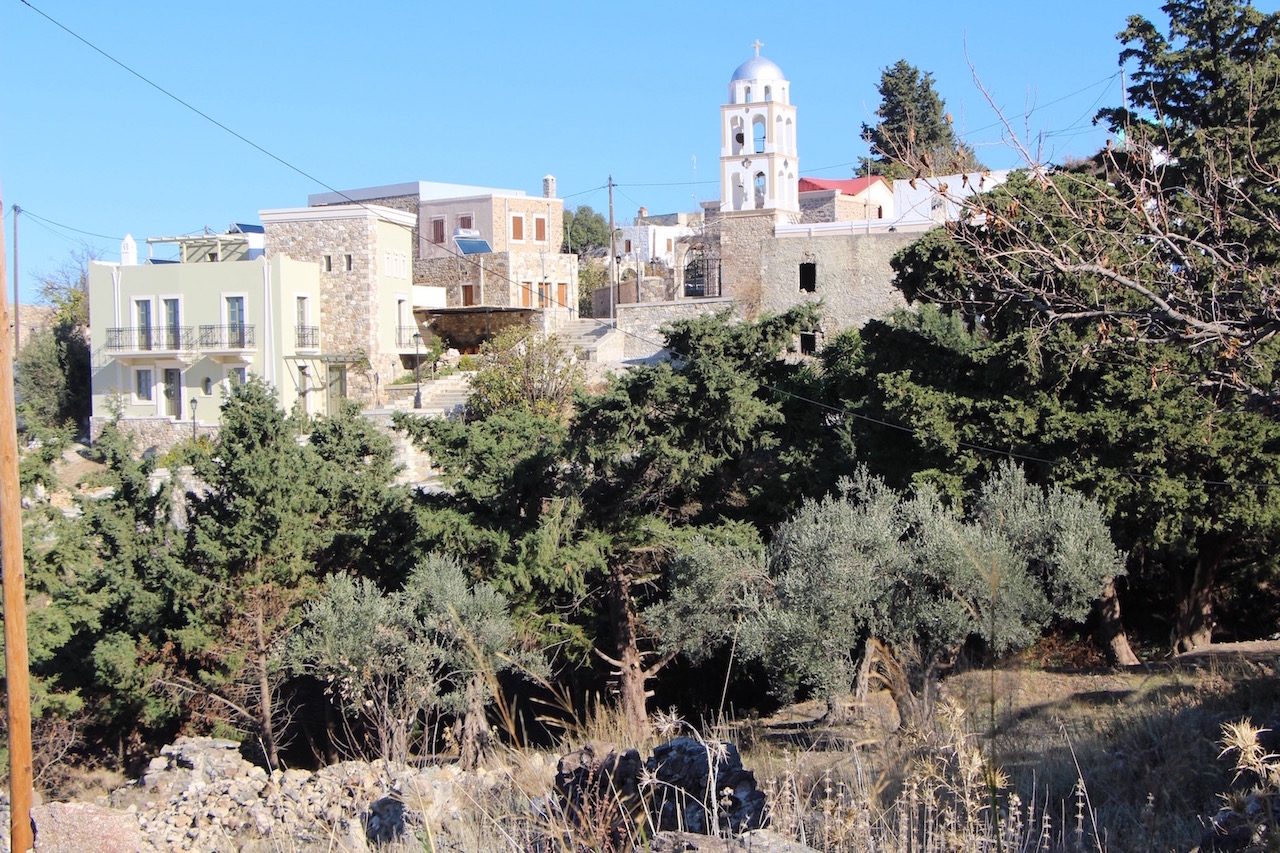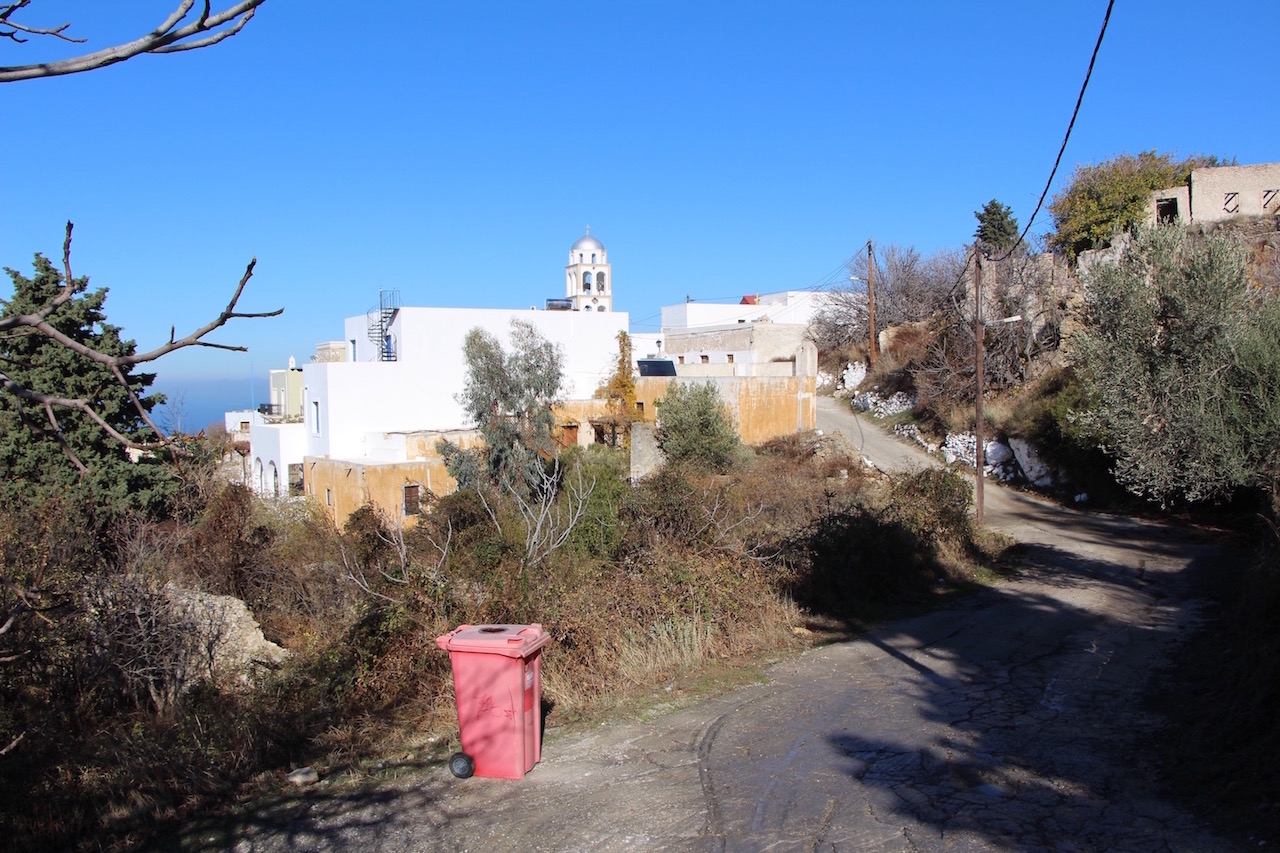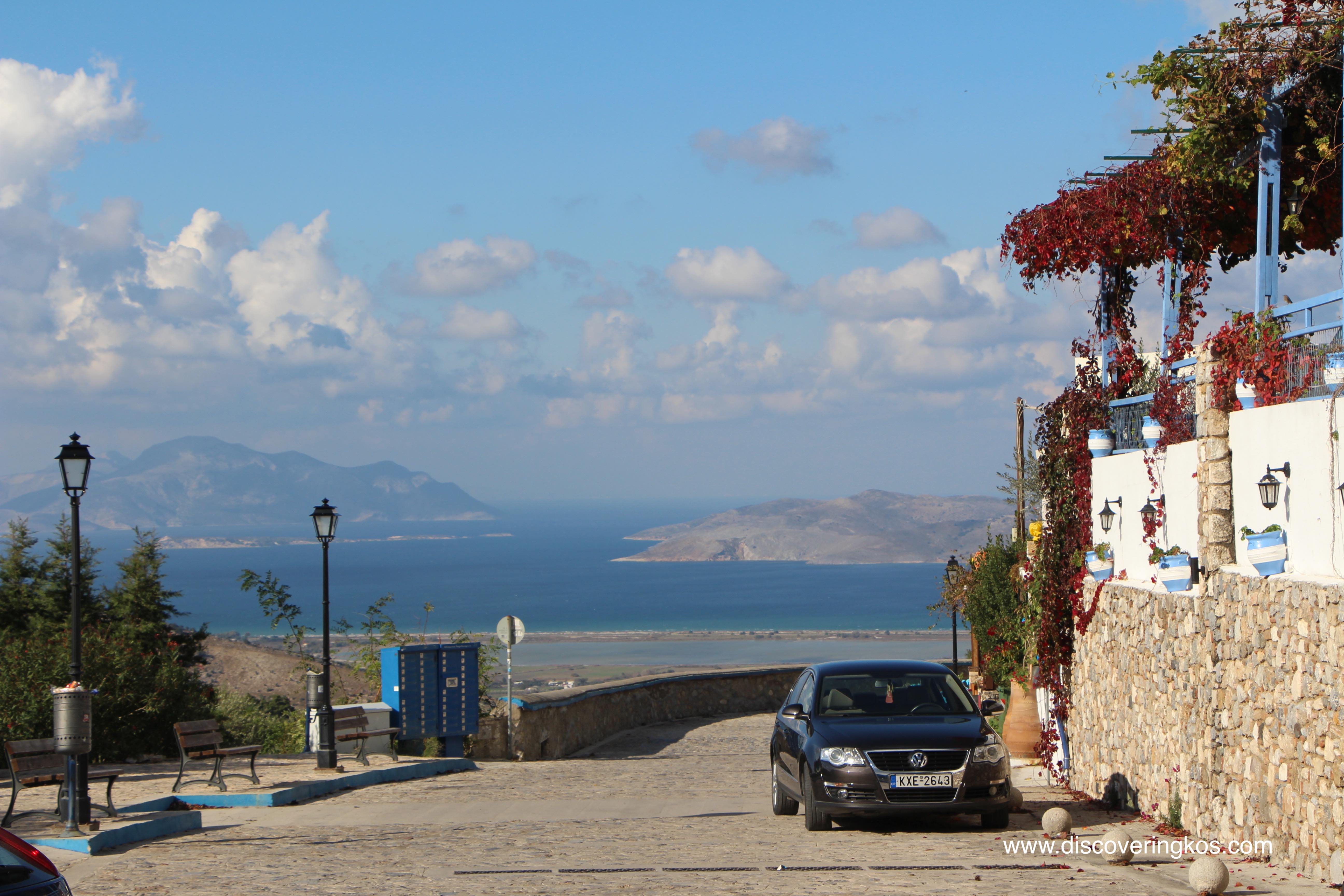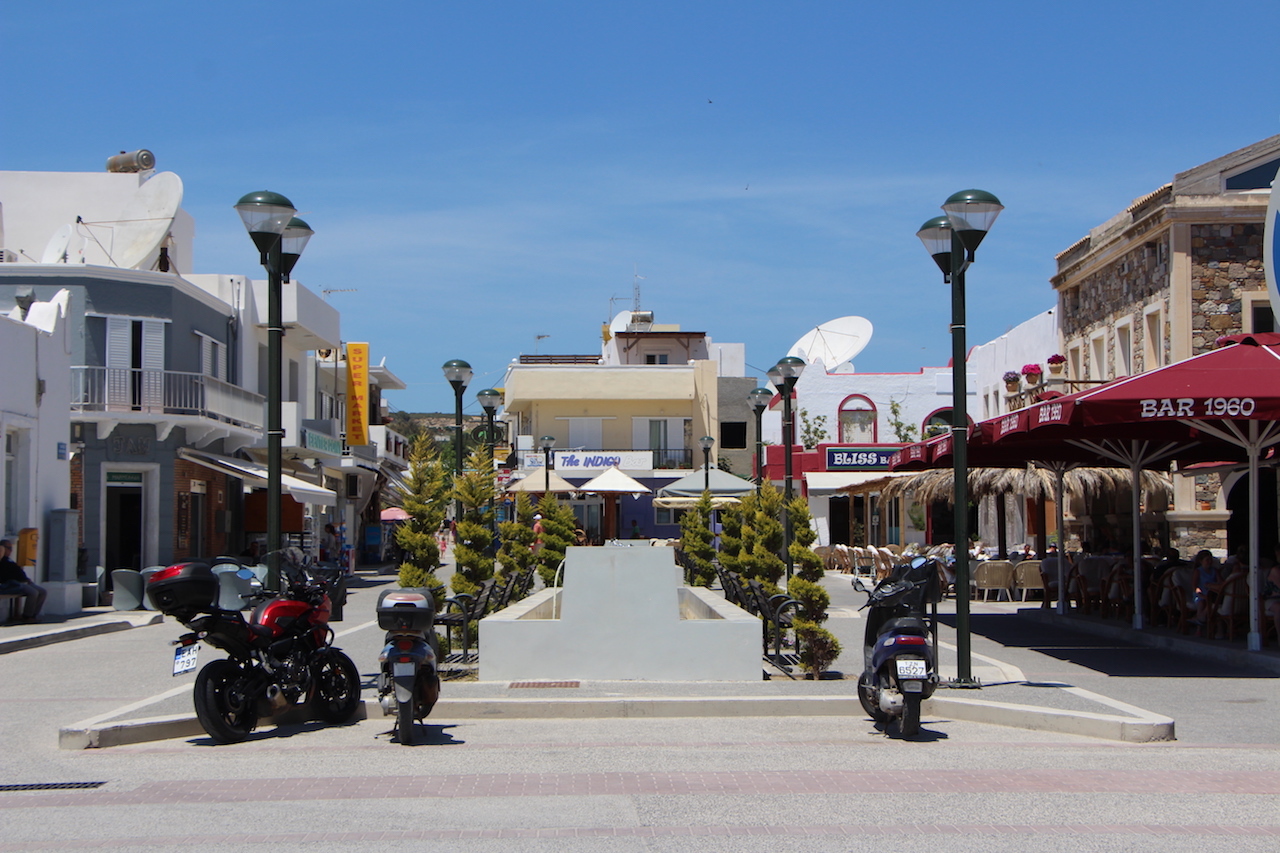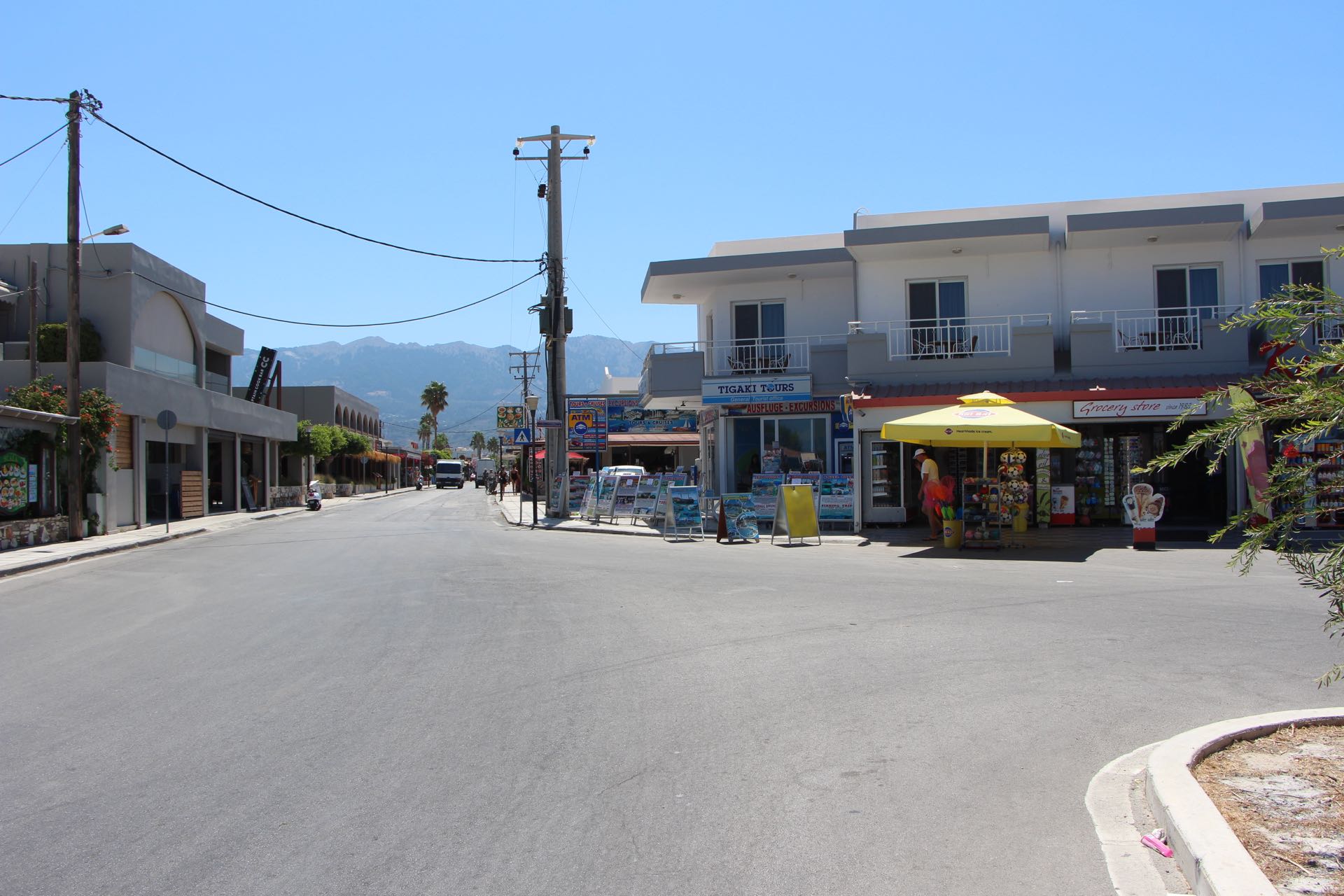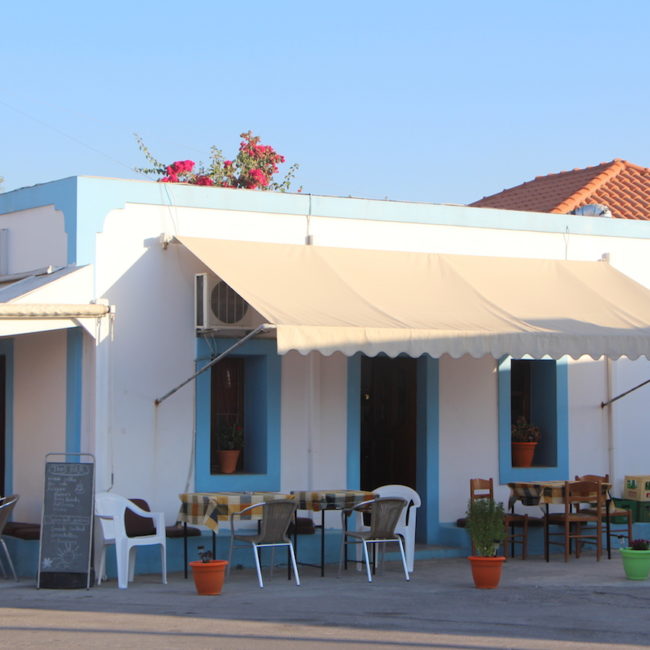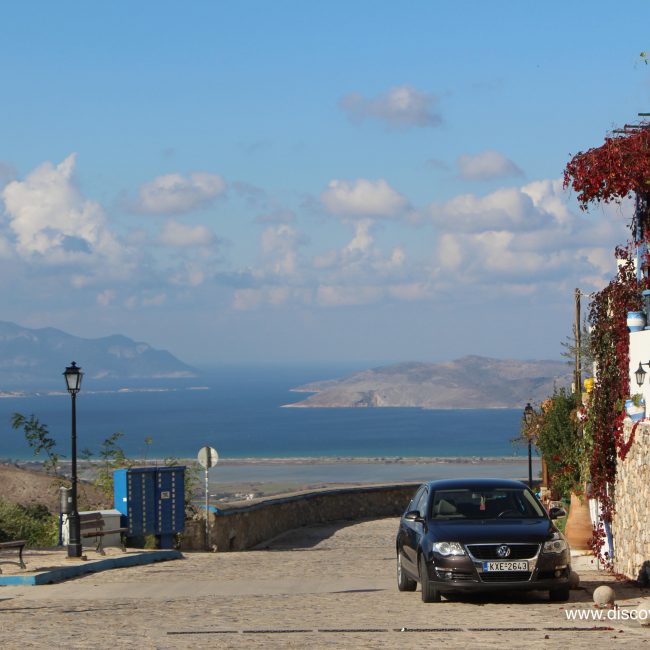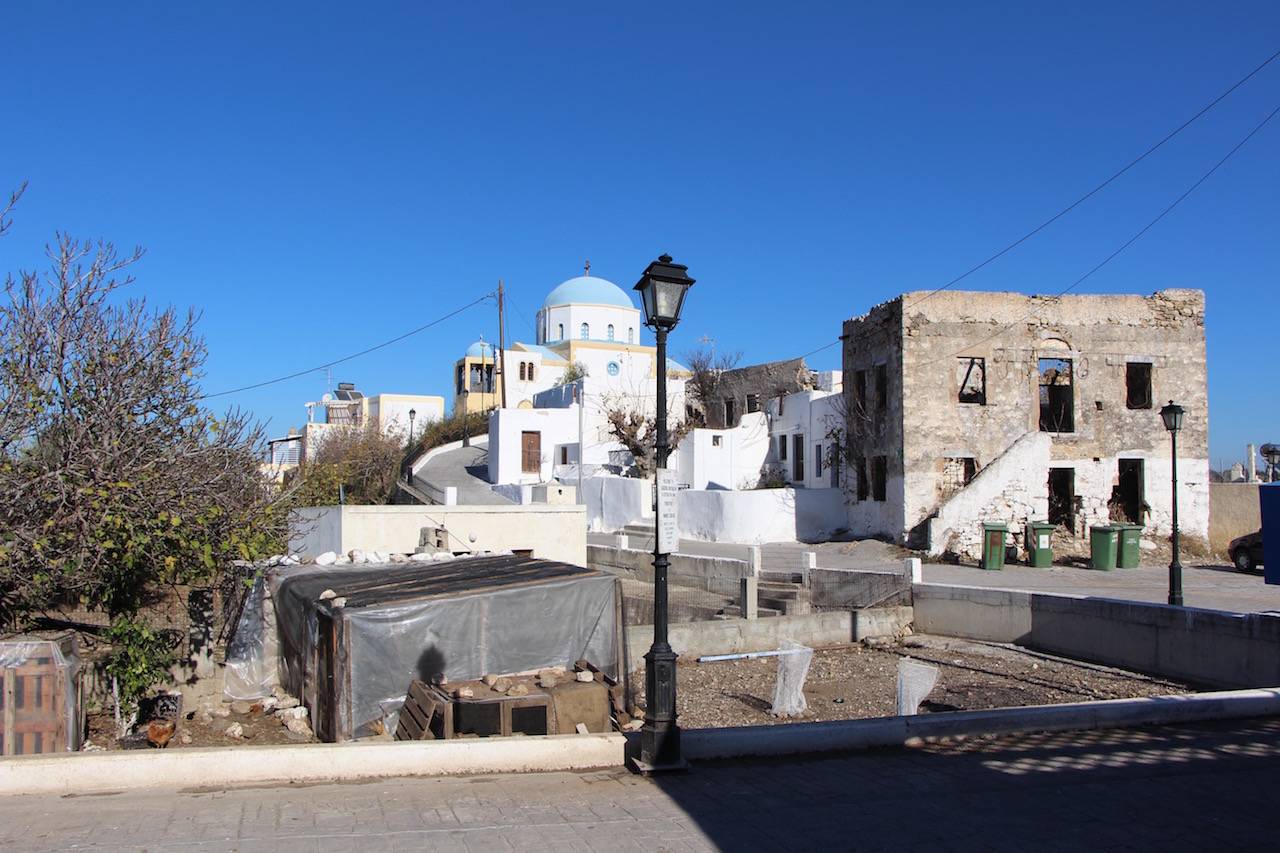
Assomatos: A Historic District at the Foot of the Dikaios Mountains
Introduction
The district of Assomatos, the largest area within the Asfendiou region, is situated at the base of the impressive Dikaios Mountain range. This historic district is not only notable for its stunning natural backdrop but also for its significant contributions to local development and community life.
Historical and Cultural Significance
- Church of Assomatos: At the heart of the district stands the Church of Assomatos, a central landmark that has played a pivotal role in shaping the community. Named after the church, the district has benefited from the church’s influence over the years, particularly during the early twentieth century. The church’s involvement in local affairs has left a lasting impact on Assomatos.
- Community Contributions: In the early 1900s, the Church of Assomatos made substantial contributions to the district’s development. The church operated an oil press, which was a significant economic asset. The wealth generated through these efforts was instrumental in supporting local farmers and businesses. The church extended loans to residents, fostering economic growth and stability within the community.
- Educational Advancements: The Church was also a driving force behind educational initiatives in the district. It played a key role in building and supporting schools, enhancing educational opportunities for local children and contributing to the overall development of the district.
Architectural Heritage
- Traditional Stone Houses: The traditional architecture of Assomatos reflects the area’s rich history and cultural heritage. The houses in the district were typically constructed from locally sourced stone, which provided durability and insulation against the elements. These stone houses are characterized by their sturdy construction and timeless aesthetic.
- Architectural Layout: Many of the traditional houses in Assomatos were built in orthogonal or Γ shapes. This design not only optimized the use of space but also adapted well to the local topography. The orthogonal layout often included courtyards and gardens, contributing to a functional and aesthetically pleasing residential environment.
- Roofing Materials: The roofs of these traditional houses were commonly made from timber or bamboo thatch. These materials were chosen for their availability and effectiveness in providing shelter. The thatched roofs offered natural insulation and blended harmoniously with the surrounding landscape.
Modern-Day Assomatos
- Preservation and Legacy: Today, Assomatos maintains its historical charm while integrating modern conveniences. The legacy of the Church of Assomatos and the architectural traditions continue to be a point of pride for the community. The district remains a testament to the enduring impact of historical contributions and traditional craftsmanship.
- Exploration and Tourism: Visitors to Assomatos can explore the district’s rich history through its well-preserved architecture and the stories of its past. The scenic location at the foot of the Dikaios Mountains offers stunning views and a serene atmosphere, making it a worthwhile destination for those interested in exploring the cultural and historical heritage of Kos.
Conclusion
Assomatos is a district steeped in history and cultural significance, with its roots deeply intertwined with the Church of Assomatos. From its early economic contributions and educational advancements to its traditional architectural styles, Assomatos offers a glimpse into the rich heritage of the Asfendiou area. Whether you are interested in history, architecture, or simply enjoying the natural beauty of the Dikaios Mountains, Assomatos provides a unique and enriching experience.





